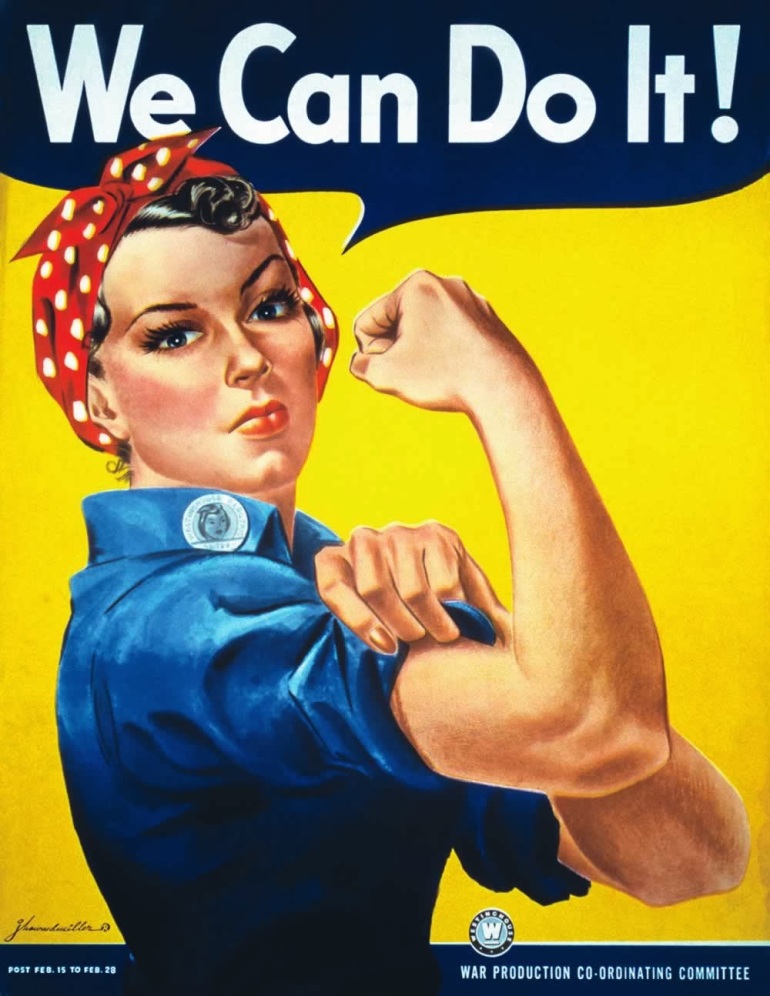GDES2014 – Children’s Book Design
WW1 Recipe book brief – Further research
Existing Books
I looked at a number of children books as well as cookery books, Design books and historical references to the First World War.
The Cheeky Monkey book shows a good example of added features with the glove puppet plush toy that goes through the centre of the book.
The Roald Dahl books show very bold colours in the background and type elements, with Quentin Blakes simple illustrations over the top. This creates a strong divide between the left and right of the cover but is then joined by the book title at the bottom that reads more traditionally (horizontally).
The David Walliams books feature Tony Ross’s amazing illustrations. Each cover is similarr in that the top banner area is taken up by the authors name and then a large illustration below it. Again strong colours are used for the backgrounds, but also feature some pattern elements such as stars. The rosette is a nice touch too, which I may apply to my own design in the form of a medal.
I picked up the other books as they all feature some design elements that I feel may inspire my own cover design. The Fateful year cover for example, features a lot of semiology to the time period from the type, to the illustration style, washed out colours and patriotic theme (flags, English Rose, Poppies etc). I like the idea of using silhouettes as featured on “stories of the first world war”, perhaps in the form of a farmer digging, soldiers marching to war, standing over a grave etc.
The Line of Fire book is an illustrated diary and features a really nice, rough illustration style, which captures the gritty/dark nature of the time period.




















